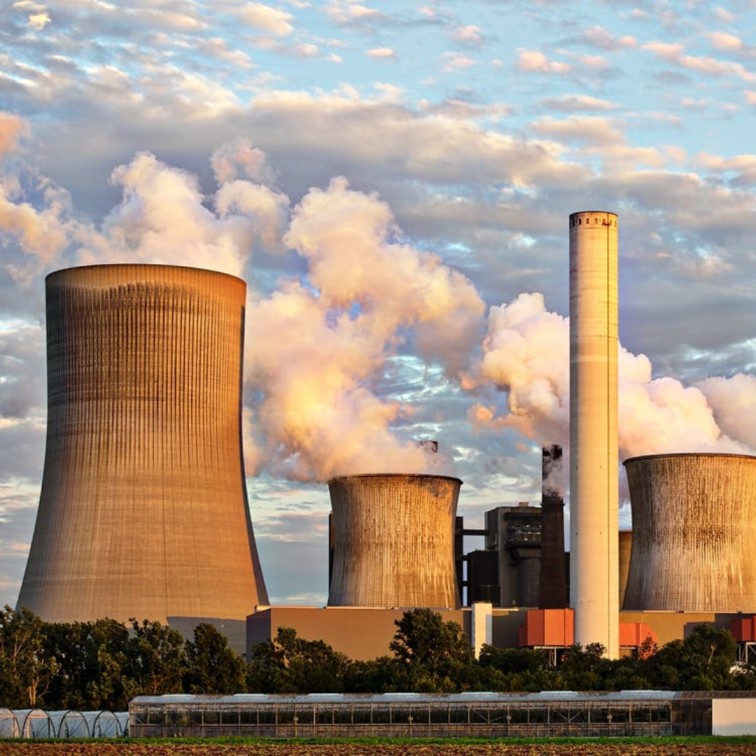
Representative. Image Credits: Pexels
Maharashtra's Aerosol Pollution Levels Likely To Elevate In 2023, Entering The 'Highly Vulnerable' Category
Writer: Jayali Wavhal
She writes about gender issues, human interest, and environment.
Maharashtra, 8 Nov 2022 10:53 AM GMT
Editor : Shiva Chaudhary |
A post-graduate in Journalism and Mass Communication with relevant skills, specialising in content editing & writing. I believe in the precise dissemination of information based on facts to the public.
Creatives : Jayali Wavhal
She writes about gender issues, human interest, and environment.
AOD measures atmospheric aerosols and is a primary parameter for assessing air pollution levels or particulate matter like PM 2.5. Currently, Maharashtra is in the orange zone, or the ‘vulnerable’ category, where the aerosol pollution levels are between 0.4-0.5.
The aerosol pollution levels in Maharashtra are likely to elevate in 2023, entering the red zone, or the 'highly vulnerable' category, says a study published in the August edition of the peer-reviewed journal Elsevier. Currently, the state is in the orange zone, or the 'vulnerable' category, where the aerosol pollution levels are between 0.4-0.5.
Providing a comprehensive insight into the aerosol pollution levels across Indian states, the study mentions that upon entering the red zone, the state will see an aerosol optical depth (AOD) higher than 0.5, meaning the state will see a seven per cent AOD rise between 2019 and 2023.
What Are AOD Levels?
AOD is the measure of atmospheric aerosols and is a primary parameter for assessing air pollution levels or particulate matter like PM2.5. Starting from 0, which shows a crystal-clear sky with maximum visibility, the AOD scale rises as the visibility decreases. The levels 0.3 are in the green zone, or 'safe' category', whereas 0.3-0.4 is in the blue zone, or 'less vulnerable' category. The study indicates 0.4 as the ceiling for acceptable AOD. Further, a value of 1 indicates an 'extremely vulnerable' category and very hazy conditions.
In simpler terms, higher amounts of aerosol or AOD levels equate to high air pollution levels that include particulate matter (PM2.5 and PM10) comprising of dust, sulphate, sea salt, black and organic carbon. A higher amount of particulate matter in the air can cause respiratory diseases in living beings.
What Is Causing Higher AOD Levels?
"According to our study, air pollution in Maharashtra has mostly been influenced by coal-based thermal power plants (TPP) in the past. Its capacity is increasing with the increase in demand for electricity," said Abhijit Chatterjee, principal investigator and associate professor, Environmental Sciences, in a report by Hindustan Times.
The sources mentioned by Chatterjee were examined in three phases: the first phase was from 2005 to 2009, the second phase was from 2010 to 2014, and the third phase was from 2015-2019. Between the first and the third phase, TPP's contribution to emissions rose from 31 per cent to 39 per cent.
Moreover, while vehicular emissions have remained consistent (14-15 per cent) throughout the examination, the contribution of solid fuel burning has gone down from 24 per cent to 18 per cent.
Chatterjee has stated that if Maharashtra continues to install TPP, it is bound to enter the 'most vulnerable' category. Such an event would lead to a rise in morbidity rate, a fall in life expectancy, and several health issues for the people living in the state.
 All section
All section














